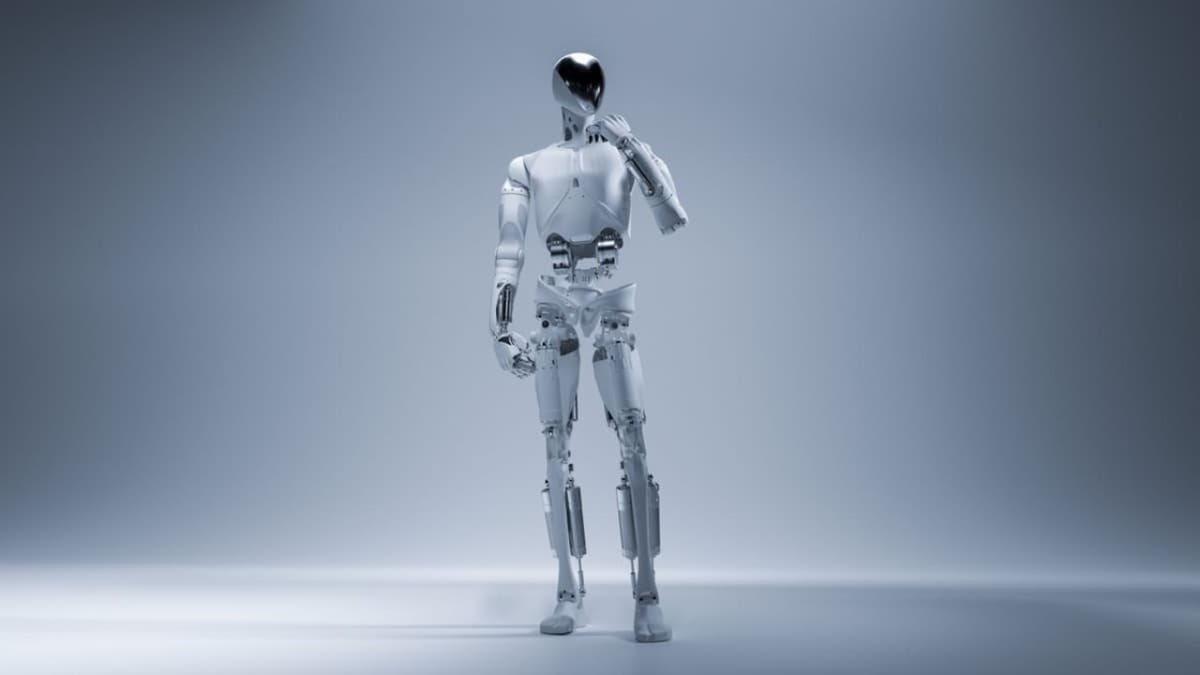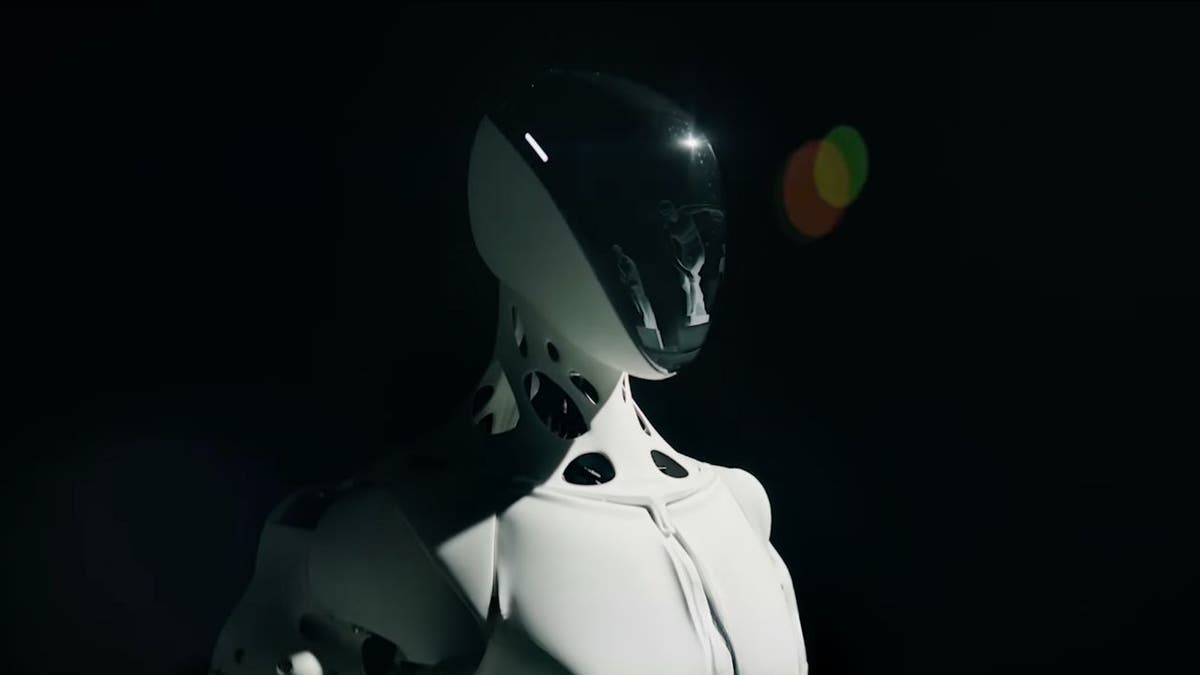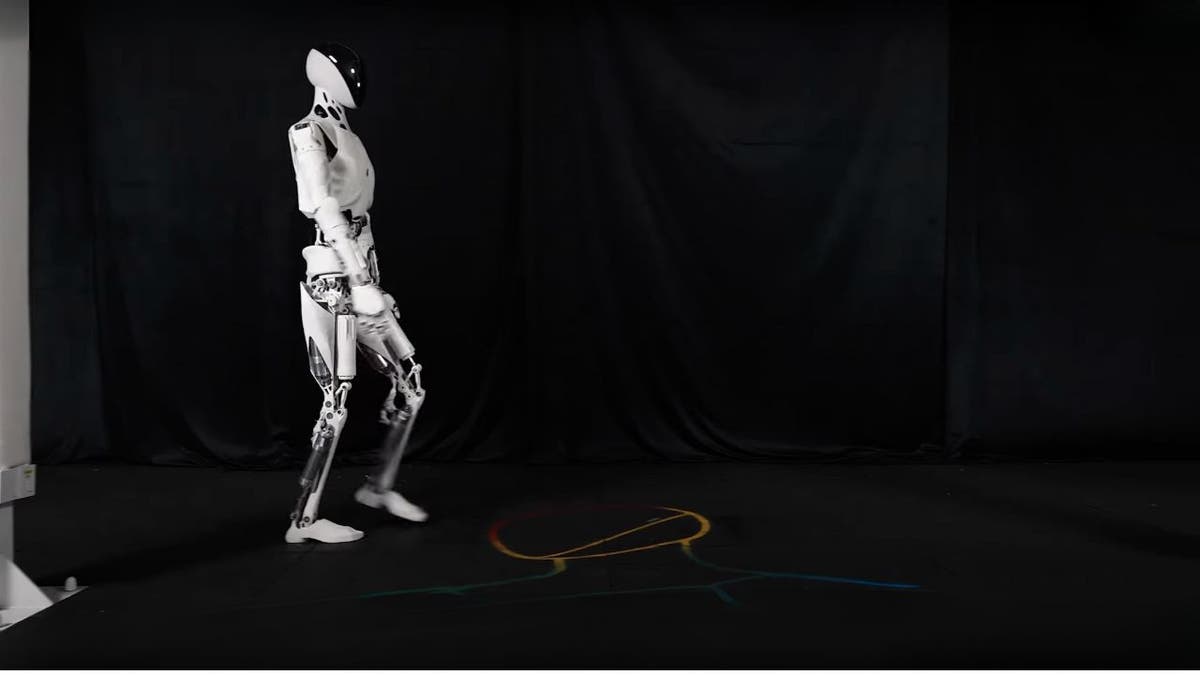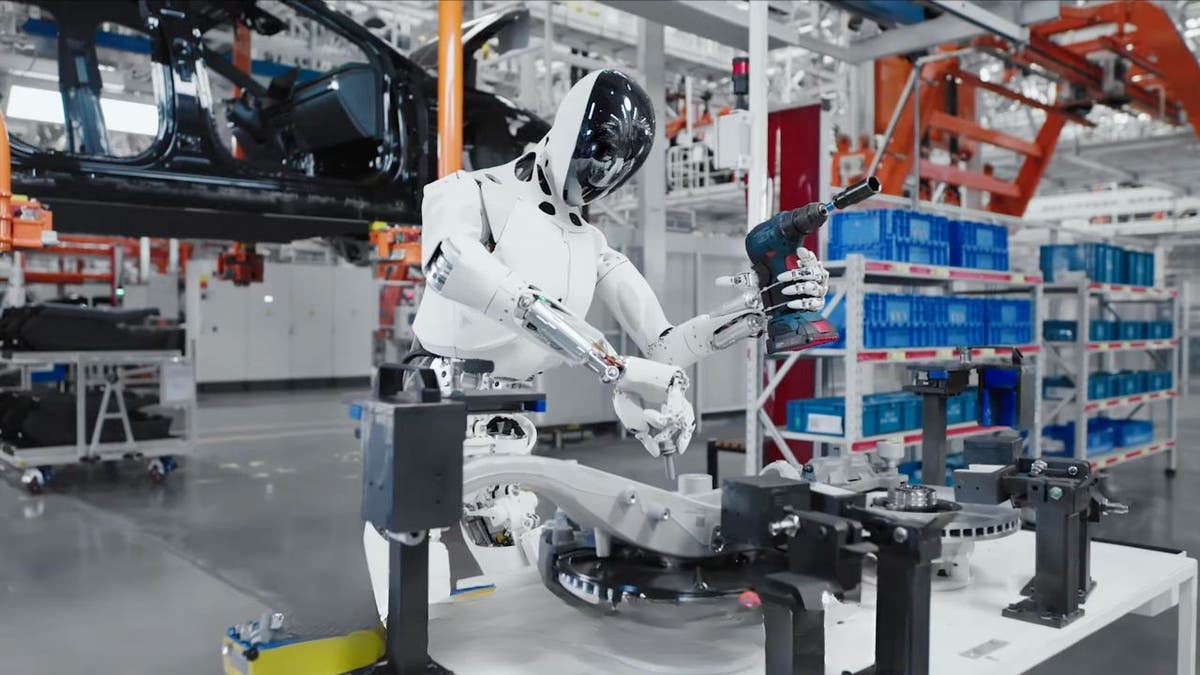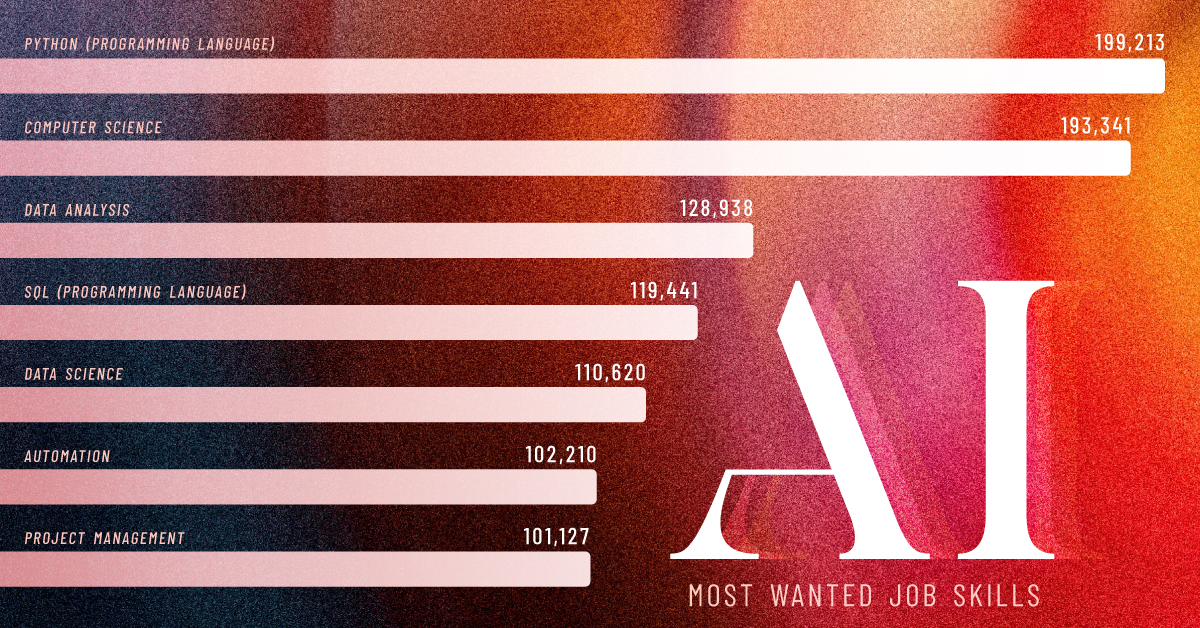BigBear.ai (BBAI 22.16%) and C3.ai (AI 2.45%) both develop artificial intelligence (AI) modules that can be plugged into an organization’s existing infrastructure to accelerate and automate certain tasks. BigBear.ai is a smaller company that plugs its modules into edge networks. C3.ai is a larger developer of AI algorithms that can be integrated into an organization’s existing software.
Both stocks disappointed their early investors. BigBear.ai’s stock opened at $9.84 after it went public by merging with a special purpose acquisition company (SPAC) in December 2021, but it now trades at about $2. C3.ai went public via a traditional initial public offering (IPO) at $42 in December 2020, but it trades at around $19 today. Should investors buy either of these out-of-favor AI stocks?

Image source: Getty Images.
The similarities and differences between BigBear.ai and C3.ai
BigBear.ai and C3.ai aren’t direct competitors, but they both target government, military, and large enterprise customers.
BigBear.ai’s modules ingest data from various sources, enrich and contextualize that data with more layers of information, and leverage that enhanced data to predict future trends. It streamlines that process by installing its Observe, Orient, Predict, and Dominate modules across edge networks, which are located between the data centers and their end users. It sets its prices on a case-by-case basis instead of charging subscription or consumption-based fees.
When BigBear.ai went public, it expected to generate a lot of its future revenue from Virgin Orbit. However, the company only recognized $1.5 million in revenue from that deal in the first quarter of 2023 before Virgin Orbit filed for bankruptcy that April.
C3.ai provides a broader range of modules that ingest data from various sources, and its modules can be installed across on-premise software, edge networks, public cloud services, and hybrid cloud deployments. Its modules can either be integrated into an organization’s existing applications or accessed as stand-alone AI services. It initially only offered subscriptions, but it also introduced consumption-based fees in late 2022 to reach more customers.
C3.ai is heavily dependent on a joint venture with energy giant Baker Hughes (NASDAQ: BKR), which was launched in 2019. That partnership accounted for a whopping 35% of its revenue in fiscal 2024 (which ended last April), and its minimum revenue commitments will account for about 32% of its projected revenue for fiscal 2025. However, that crucial deal expires at the end of April and hasn’t been renewed yet.
BigBear.ai and C3.ai have both struggled with jarring executive changes. BigBear.ai is now on its third CEO since its public debut. C3.ai is still led by the same CEO, but it’s gone through four CFOs since its IPO as it repeatedly changed its key performance metrics. It’s also being sued by investors for allegedly misrepresenting the size of its partnership with Baker Hughes.
Which company is growing faster?
BigBear.ai originally claimed it could grow its annual revenue from $182 million in 2021 to $550 million in 2024. But in reality, its revenue only rose from $146 million in 2021 to $158 million in 2024 as its annual net loss more than doubled from $124 million to $257 million.
BigBear.ai missed its own estimates as Virgin Orbit went bankrupt, it faced tougher competition, and the macro headwinds made it tougher to win new contracts. Its revenue rose less than 2% in 2024 — and most of that growth came from its acquisition of the AI vision company Pangiam in March instead of the organic growth of its core modules.
But for 2025, analysts expect BigBear.ai’s revenue to rise nearly 8% to $170 million as it narrows its net loss to $54 million. That growth could be driven by its new government contracts under its new CEO — Pangiam’s former CEO Kevin McAleenan — who was also previously the Acting Secretary of the Department of Homeland Security (DHS) under the first Trump administration. With a market cap of $731 million, BigBear.ai trades at about 4 times this year’s sales.
C3.ai’s revenue only rose 6% in fiscal 2023, but grew 16% to $311 million in fiscal 2024 as the market’s demand for new AI services heated up. But its net loss widened from $269 million in fiscal 2023 to $280 million in fiscal 2024 as it ramped up its spending on developing new applications for the generative AI market.
For fiscal 2025, analysts expect C3.ai’s revenue to rise 25% to $388 million as its net loss widens to $300 million. However, its future beyond fiscal 2025 is hard to predict without knowing the future of its joint venture with Baker Hughes. With a market cap of $2.56 billion, C3.ai looks a bit pricier than BigBear.ai at 7 times this year’s sales.
The better buy: BigBear.ai
I wouldn’t touch either of these speculative stocks right now. But if I had to choose one, I’d pick BigBear.ai because its customer concentration issues have largely passed and it could gain more government contracts under its new CEO. C3.ai looks uninvestable until it provides more clarity regarding the Baker Hughes deal, widens its moat, and stabilizes its losses.







